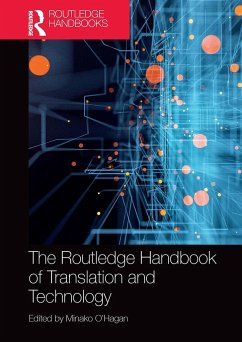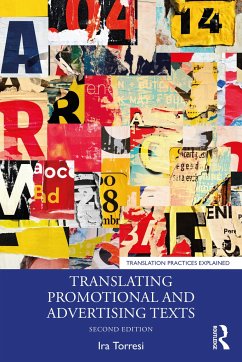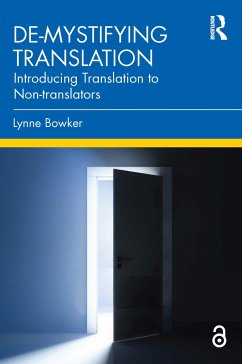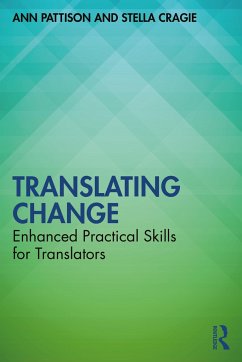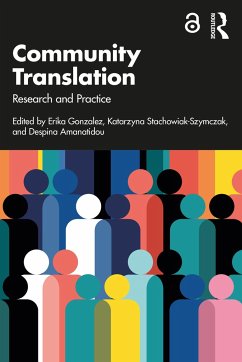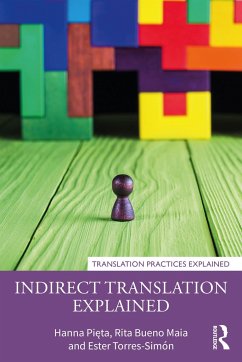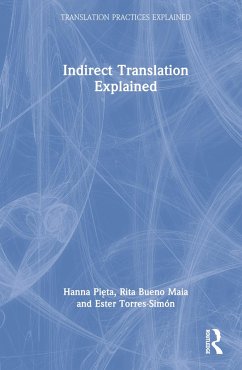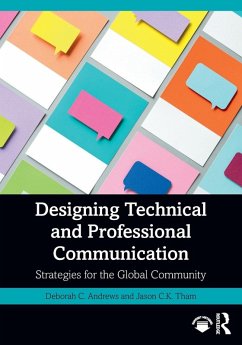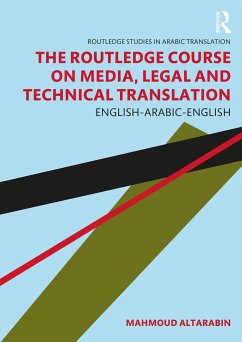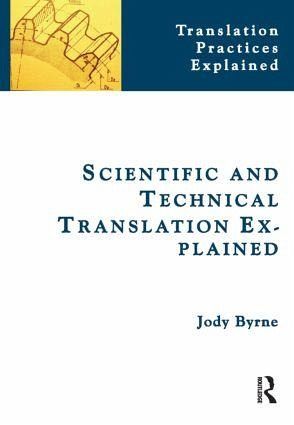
Scientific and Technical Translation Explained
A Nuts and Bolts Guide for Beginners
Versandkostenfrei!
Versandfertig in 6-10 Tagen
43,99 €
inkl. MwSt.

PAYBACK Punkte
22 °P sammeln!
From microbiology to nuclear physics and chemistry to software engineering, scientific and technical translation is a complex activity that involves communicating specialized information on a variety of subjects across multiple languages. It requires expert linguistic knowledge and writing skills, combined with the ability to research and understand complex concepts and present them to a range of different audiences. Using a combination of interdisciplinary research, real-world examples drawn from professional practice and numerous learning activities, this introductory textbook equips the stu...
From microbiology to nuclear physics and chemistry to software engineering, scientific and technical translation is a complex activity that involves communicating specialized information on a variety of subjects across multiple languages. It requires expert linguistic knowledge and writing skills, combined with the ability to research and understand complex concepts and present them to a range of different audiences. Using a combination of interdisciplinary research, real-world examples drawn from professional practice and numerous learning activities, this introductory textbook equips the student with the knowledge and skills needed to get started in this exciting and challenging field. It examines the origins and history of scientific and technical translation, and the people, tools and processes involved in translating scientific and technical texts.
Scientific and Technical Translation Explained provides an overview of the main features of scientific and technical discourse as well as the different types of documents produced. A series of detailed case studies highlight various translation challenges and introduce a range of strategies for dealing with them. A variety of resources and exercises are included to make learning effective and enjoyable. Additional resources and activities are available on Facebook.
Scientific and Technical Translation Explained provides an overview of the main features of scientific and technical discourse as well as the different types of documents produced. A series of detailed case studies highlight various translation challenges and introduce a range of strategies for dealing with them. A variety of resources and exercises are included to make learning effective and enjoyable. Additional resources and activities are available on Facebook.



